You used to toss these things into your cart without a second thought. Now, even with two steady paychecks, they’re starting to feel like luxury splurges. As inflation outpaces wages and the cost of living quietly creeps higher, everyday essentials are slipping out of reach for millions of households. From basic groceries to once-affordable comforts, the financial squeeze is real—and it’s changing how we live. Here are 18 everyday items that have become shockingly unaffordable, even for dual-income families.
1. Groceries

We’re not talking Wagyu beef or $19 almond milk—just basic, normal groceries. Eggs, cereal, ground beef, and even store-brand bread are all inching up like they’re trying to join the stock market. According to a recent report from The Center For Science, the average grocery bill has jumped nearly 20% over the past two years, with essentials like produce and dairy leading the surge.
For seniors on a fixed income, that means cutting back on fresh fruit just to afford staples like rice and canned beans. And those “deals” you used to count on? Poof. Shrinkflation has taken over—your peanut butter jar is now 20% smaller, but the price tag didn’t get the memo. Clipping coupons and buying generic can only go so far. You shouldn’t have to choose between bananas and toothpaste. Groceries used to be a routine expense. Now it’s a budgeting challenge.
2. Over-the-Counter Meds

That little bottle of Tylenol isn’t so “little” when it eats up your whole pharmacy budget. OTC meds—pain relievers, allergy pills, cold remedies—have quietly crept into luxury pricing territory. And because they’re not covered by Medicare or most insurance plans, fixed-income seniors feel the squeeze the hardest. Per Rand.org, the prices of common OTC drugs have increased by up to 30% since 2021.
This hits especially hard for people managing chronic pain or seasonal allergies—ya know, just trying to function. One bottle of eye drops? $14.99. A 24-pack of Advil? Might as well be gold-plated. And those bulk-size deals? Not helpful when your budget only stretches $10 at a time. Seniors aren’t stockpiling; they’re scraping. It’s wild that something as basic as ibuprofen now needs to be a line item in your financial plan.
3. Pet Food
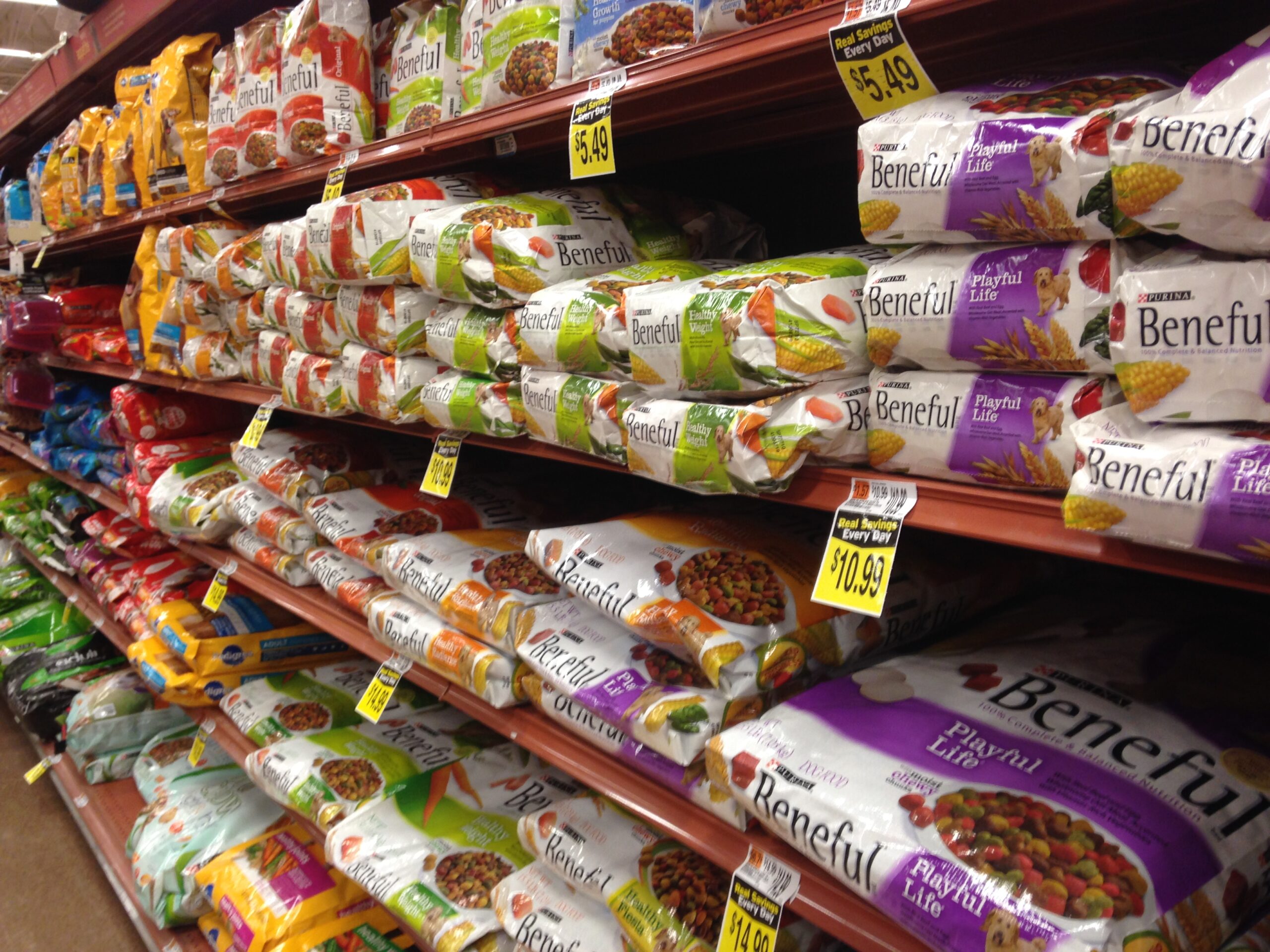
Pets are family—until the dog food bill hits and you start wondering if Fluffy could try intermittent fasting. The cost of pet food, especially for senior pets with dietary needs, has skyrocketed in 2025. And it’s not just the fancy organic stuff. A CBS News analysis found that even budget kibble has jumped nearly 18% in price since last year.
For seniors, that’s a brutal blow—especially when their pet is their primary companion. The emotional toll of having to downgrade your cat’s food or skip the joint supplements is no joke. Vets recommend high-quality food for older animals, but the prices are anything but senior-friendly. And let’s be real: pets aren’t optional for mental health—they’re essential. So people end up cutting back elsewhere, sometimes even skipping meals, to keep their pets healthy. That’s not just loyalty—that’s economic heartbreak.
4. Utilities
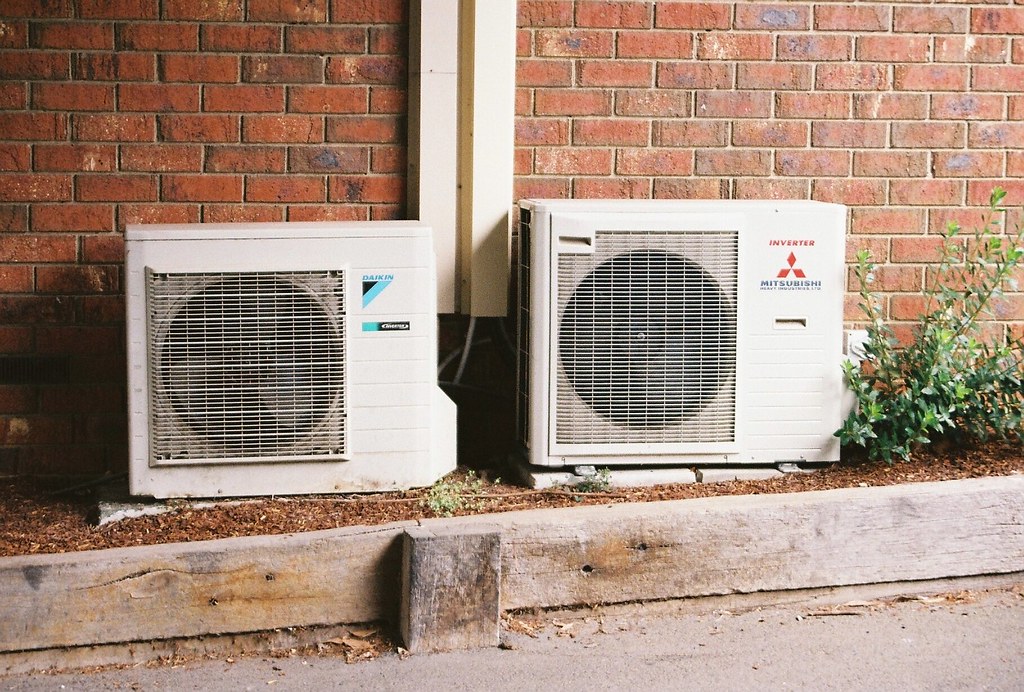
Want to keep the lights on and the house above freezing? Cool—just fork over a third of your monthly income. Utility prices have climbed steadily, but in 2025 they’ve entered “seriously??” territory. According to a report from Nature, electricity and gas costs have outpaced inflation, especially in regions hit by climate extremes.
This puts seniors in an impossible bind—keep the A/C running during heat waves or risk heatstroke? Reduce heating in the winter and freeze? There’s no good answer. For many fixed-income households, bills are up to 40% higher than pre-pandemic levels. Energy-saving appliances sound great, but who has the budget for a $900 upgrade? You shouldn’t have to ration power like it’s a post-apocalyptic thriller just to keep living. But here we are. Watching thermostat dials like they’re Wall Street tickers.
5. Personal Care Essentials

Shampoo, toothpaste, deodorant—basic hygiene stuff, nothing fancy. And yet somehow, walking into a drugstore in 2025 feels like entering a boutique spa where everything’s priced for tourists. Even store-brand items are up several dollars across the board. Per a recent Statista breakdown, personal care products have seen a nearly 15% increase this year alone, with no sign of slowing down.
And no, the shampoo doesn’t even smell better. Seniors living on tight budgets have started stretching toothpaste, skipping conditioner, and going longer between haircuts. It’s not vanity—it’s dignity. Everyone deserves to feel clean and cared for without wondering if they’ll have to cut back on meds to afford a bar of soap. These aren’t indulgences. They’re basics that are slowly slipping out of reach. Welcome to the $8 body wash era.
6. Basic Cleaning Supplies

Bleach, dish soap, paper towels—they used to be afterthoughts on your grocery list. Now? They’re starting to look like luxury goods. A jug of laundry detergent can easily hit $15, and don’t even get us started on Swiffer refills. Seniors on fixed incomes can’t exactly skip cleaning, but wow, does it hurt more to stay tidy these days. It’s not like you can just make your own soap and scrub with baking soda like it’s 1943.
Even discount brands have raised prices, and many “value packs” just shrink the quantity without shrinking the sticker. People are stretching supplies thinner, using less, or cleaning less often—not because they want to, but because they have to. And when cleaning products start competing with groceries in your budget, something’s gone off the rails. Seniors deserve clean homes without having to budget like they’re running a commercial janitorial service. Tidying up shouldn’t wipe out your bank account. But in 2025? It just might.
7. Cable And Streaming Services
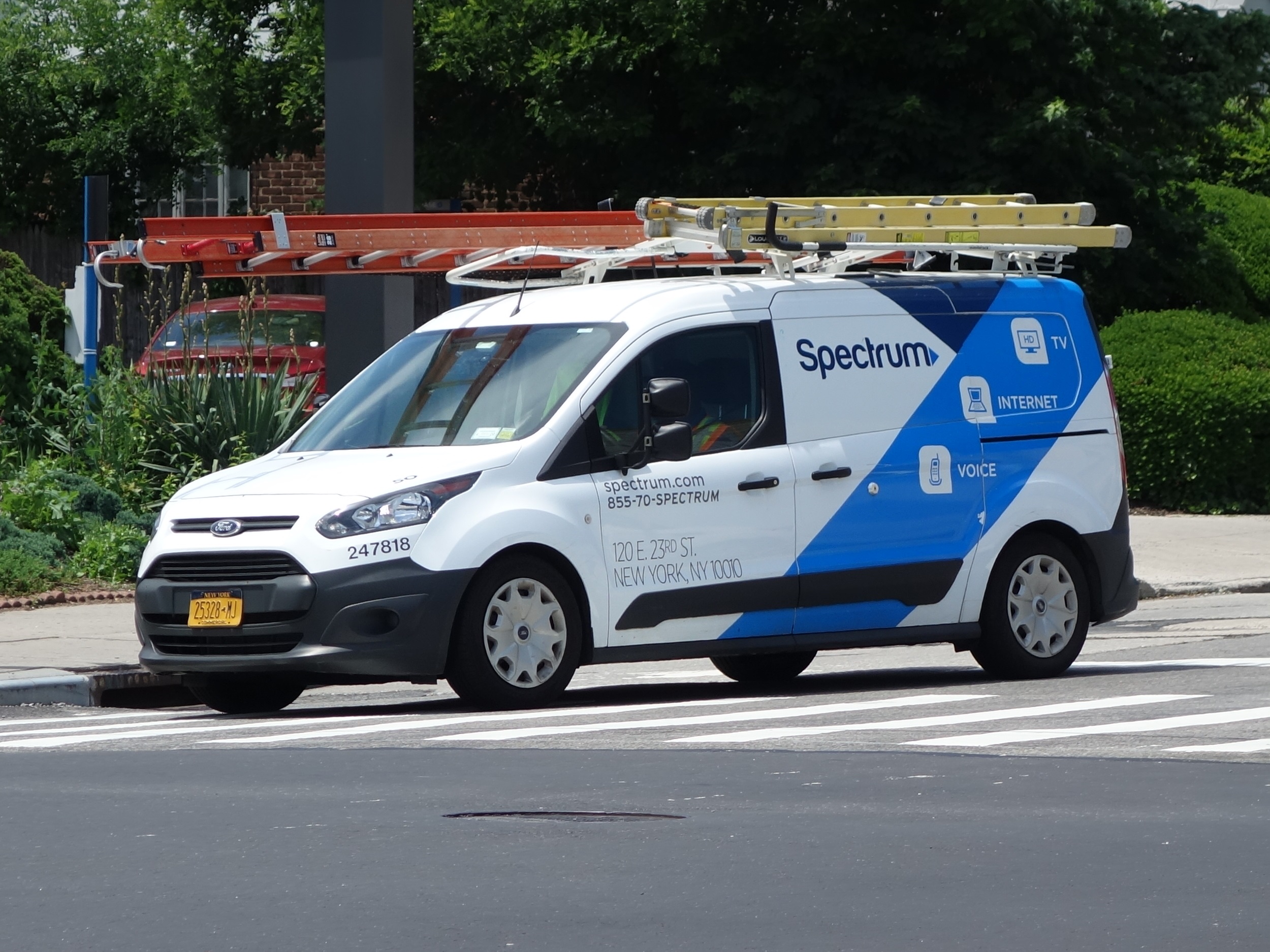
Remember when TV was free and you just needed an antenna and maybe some tinfoil? Fast forward to now, and watching a few favorite shows costs more than a monthly car payment. Cable prices are still high, and streaming services—once the cheaper savior—now keep raising rates every few months. By the time you’ve got Netflix, Hulu, Prime, and whatever new service your grandkids swear by, you’re out $70–100 a month.
For seniors, that’s a massive chunk of a fixed income for what used to be a free pastime. And no, sharing passwords is no longer an option—unless you enjoy your screen suddenly locking you out. You’re not paying for “perks,” you’re paying for confusion, overlapping content, and constant upcharges. Plus, navigating a dozen remotes or apps isn’t exactly easy for everyone. Seniors shouldn’t have to choose between staying entertained and staying solvent. The golden age of television should come with golden age pricing. Not premium fees every week.
8. Haircuts
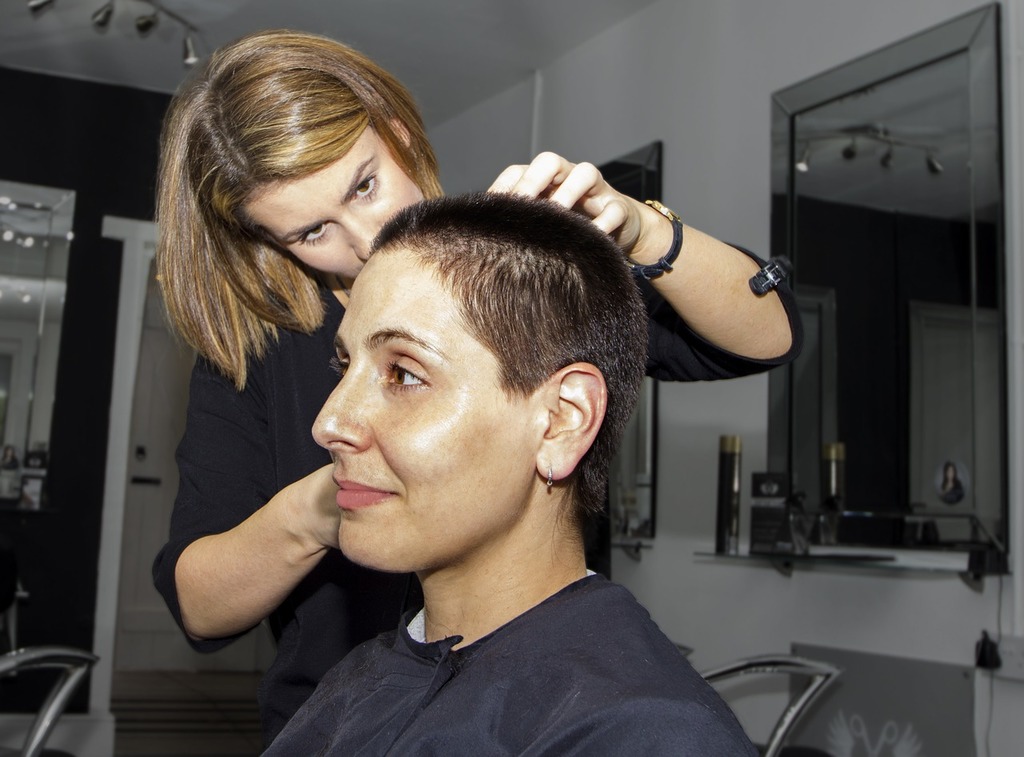
Once upon a time, $20 got you a haircut, a magazine, and some friendly small talk. Now? You’re lucky if it gets you in the door. Even basic haircuts are edging toward $40–60, and if you need color, trim, or special care for thinning hair, forget about it. And salons often charge more for “mature hair,” which feels like a polite way of saying “extra fee for existing.”
For seniors on a fixed income, regular grooming becomes an awkward decision—one you either stretch way out or skip entirely. DIY options at home aren’t always possible, especially for people with mobility or dexterity issues. And no, Great Clips isn’t always a “deal” when the price keeps climbing anyway. Haircuts aren’t vanity—they’re self-esteem, hygiene, and routine. Everyone deserves to feel neat and clean without having to drain their checking account. In 2025, that’s sadly not guaranteed anymore.
9. Public Transportation
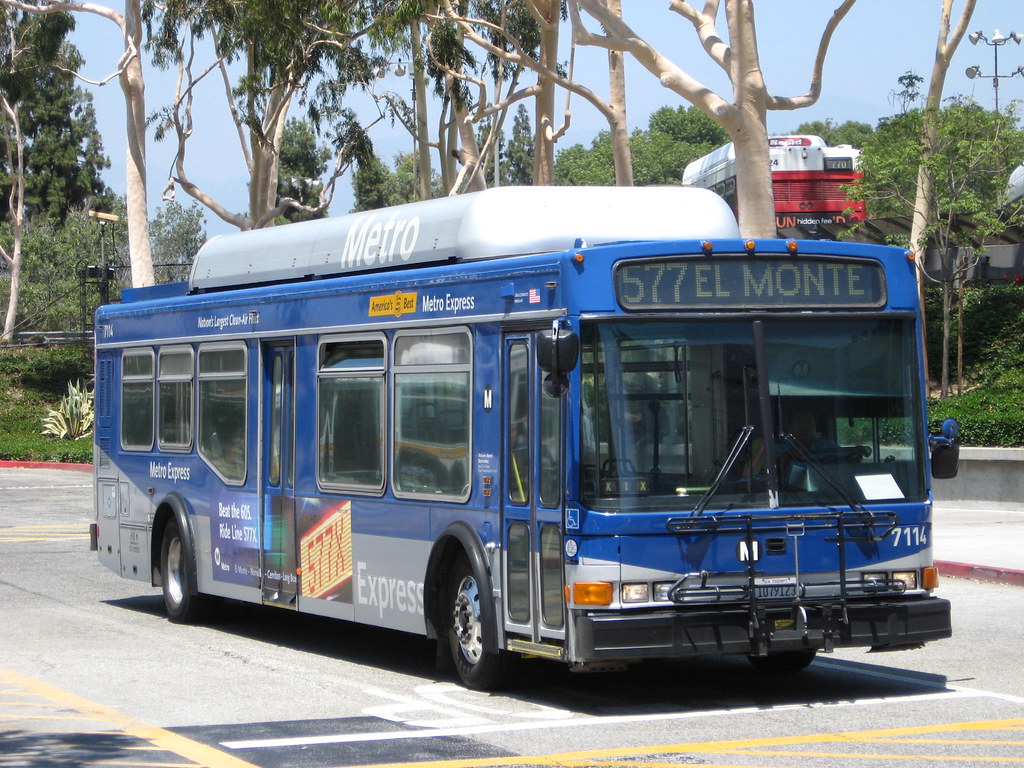
Public transit used to be the budget-friendly hero, especially for seniors without cars. But now? Those little fare hikes are starting to feel like full-blown penalties. Monthly passes, senior discounts, and basic single rides are all getting more expensive—and fast. For those relying on buses or subways to get to the grocery store, pharmacy, or doctor’s office, this adds up quickly.
And when services get cut or routes change, the cost isn’t just money—it’s time, stress, and lost independence. Ride-shares like Uber or Lyft? Also more expensive, even with senior promos. Seniors who once relied on public options now face the impossible choice between paying more or staying home. It’s mobility tax disguised as progress. Getting around should be accessible, not a monthly budgeting nightmare. But in 2025, even catching the bus can break the bank.
10. Fresh Produce

A simple salad shouldn’t cost as much as a steak dinner, and yet here we are. Fresh fruits and veggies have gotten dramatically more expensive, especially for out-of-season items. A pint of berries? That’s a $6 luxury now. Lettuce, tomatoes, and even cucumbers are rising in price faster than Social Security checks can keep up.
Seniors trying to eat healthy face sticker shock every time they pass the produce aisle. Buying frozen or canned versions can help, but they’re not always ideal for taste, texture, or nutrition. And let’s be real—no one should have to eat mushy peas just to stay within budget. It’s not a “bougie” request to want a fresh apple a day. But for many fixed-income seniors, produce has become a sometimes food. That’s not just a nutrition issue—it’s a dignity issue too.
11. Dentures and Dental Work

Let’s talk teeth—specifically, how expensive they’ve become to maintain. Medicare doesn’t cover most dental care, which means seniors are often left footing the full bill for cleanings, fillings, dentures, and more. Even basic procedures like X-rays or a single crown can cost hundreds. And full dentures? Try thousands.
Seniors on fixed incomes are delaying care, skipping checkups, or going without treatment altogether. But dental issues don’t just affect your smile—they impact nutrition, speech, and overall health. You can’t exactly chew healthy foods or speak clearly without proper dental care. And when one root canal costs more than a month of rent, something’s broken—literally and figuratively. Everyone deserves access to affordable dental care, especially in later life. In 2025, it’s become a financial toothache you can’t ignore.
12. Postage And Shipping
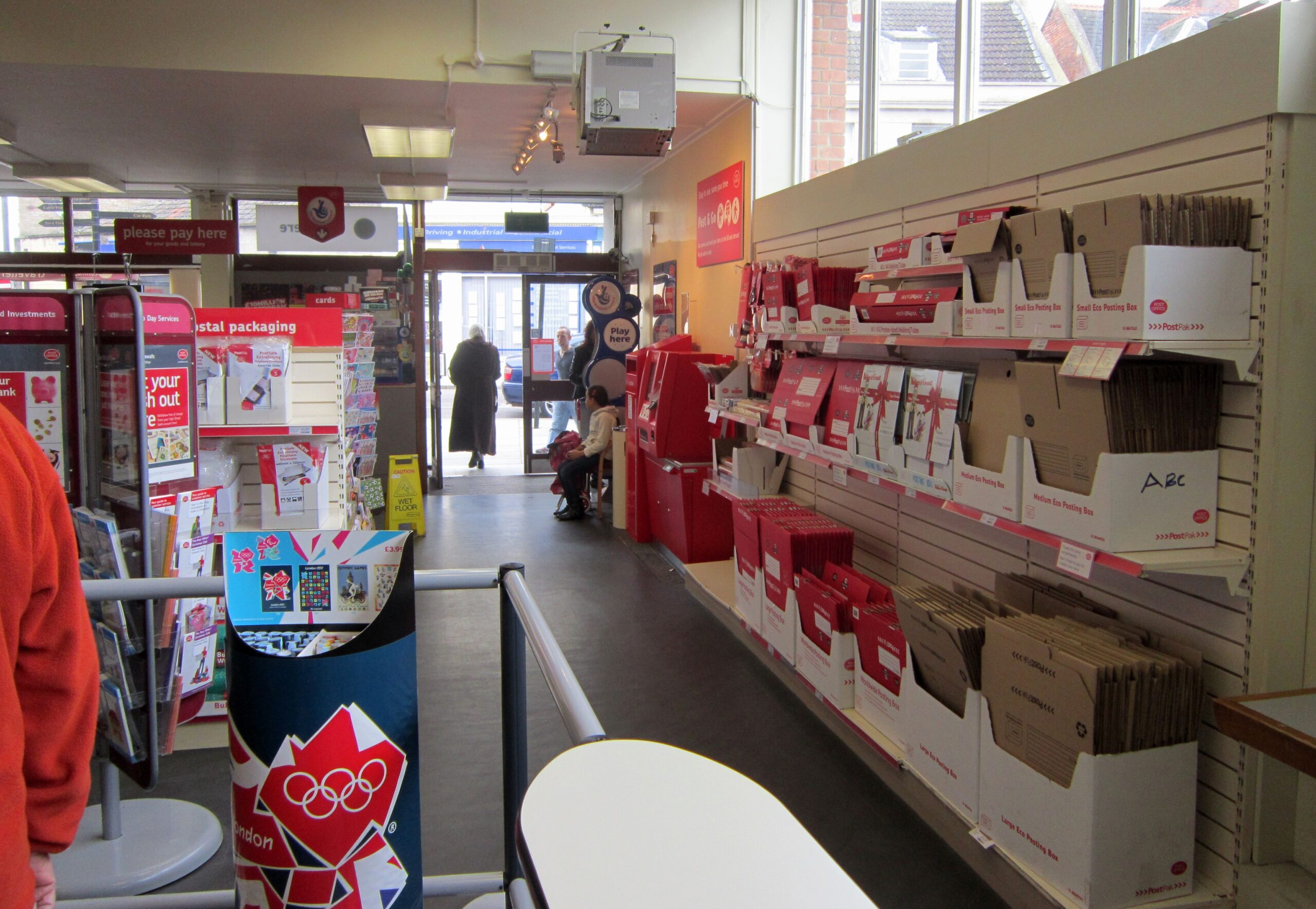
Mailing a birthday card or returning an online purchase shouldn’t require a financial plan. But the cost of postage and shipping has climbed so much, it’s becoming a real budget issue—especially for seniors who still rely on the mail for staying connected. A first-class stamp used to be pocket change. Now it’s creeping toward a dollar, and packages? Don’t even ask.
Sending holiday gifts or care packages to grandkids has turned into a luxury event. And for seniors who can’t easily drive and rely on delivery for necessities like medication or household items, shipping fees are like a stealth tax. Even “free shipping” often requires a minimum spend that fixed-income folks just can’t reach. The digital world may be fast, but it’s also expensive to access. Mailing something shouldn’t feel like sending gold bars cross-country. But in 2025, it basically does.
13. Toilet Paper
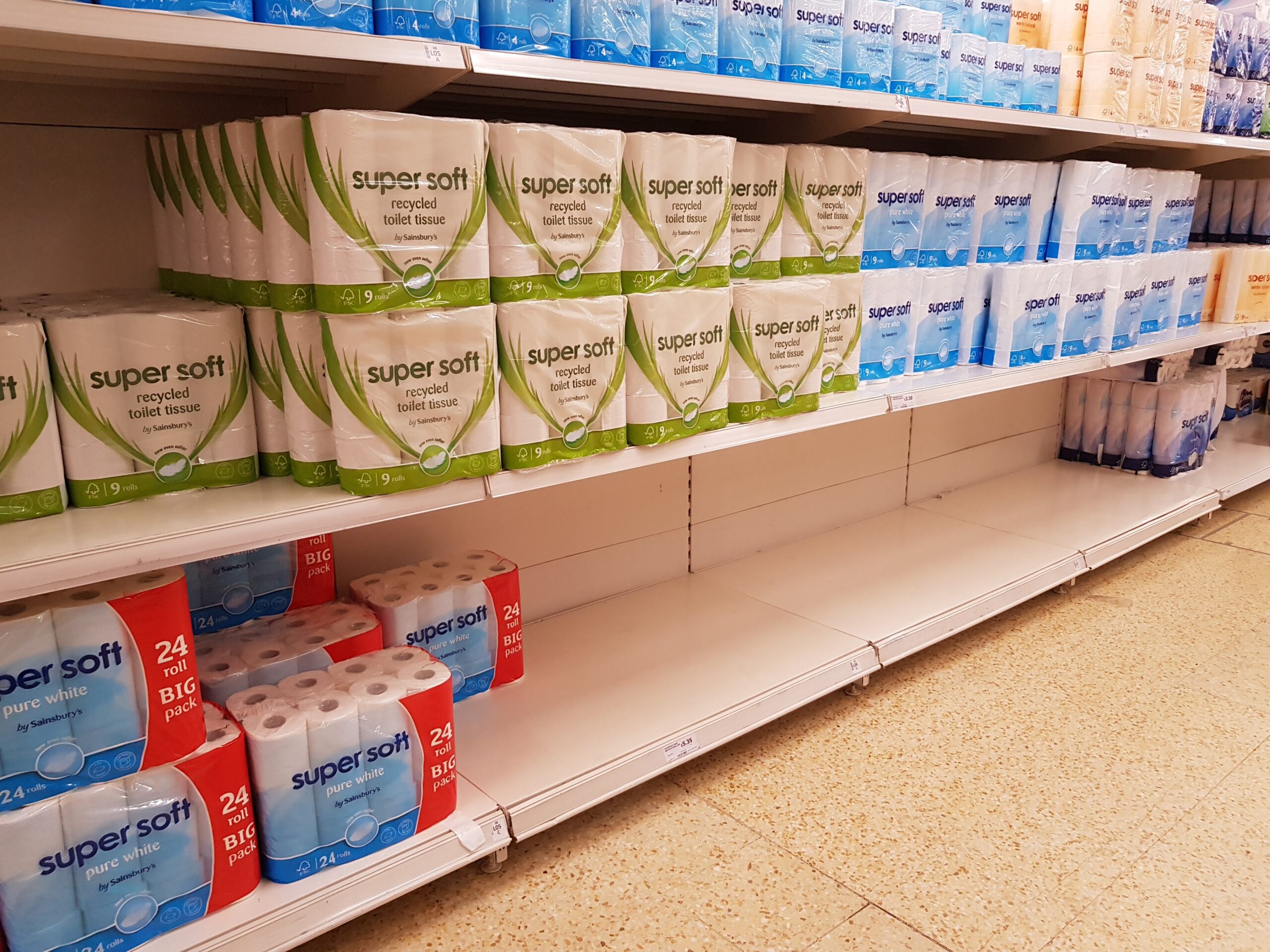
You know we’ve reached late-stage capitalism when toilet paper becomes a luxury good. Not only has the price gone up, but the rolls have gotten smaller, thinner, and somehow less absorbent—while still flaunting that “mega roll” label like we’re not paying attention. Seniors on a fixed income notice these changes fast because it’s a repeat purchase that never seems to last as long as it used to. And it’s not like toilet paper is optional—it’s one of life’s non-negotiables.
Shopping the sales or switching brands used to help, but now every aisle is a minefield of overpricing and under-delivering. Bulk buys don’t help if you don’t have the storage or the upfront cash. And those subscription deals? Often a trap in disguise. Seniors are being forced to ration or go generic, which doesn’t always mean better value. It’s absurd that something so basic now requires strategy. No one should have to treat bathroom trips like supply-chain puzzles. But that’s 2025 for you—every square counts.
14. Coffee

It’s not just the $7 lattes that have gone wild—even your at-home coffee habit is feeling the burn. Beans, grounds, pods, filters—they’re all creeping up in cost. For retirees who savor their morning cup like a sacred ritual, this isn’t just inconvenient—it’s personal. Brewing at home used to be the budget hack; now it’s starting to rival café prices in slow motion.
For fixed-income seniors, that rising price per cup adds up quickly over the month. And if you’ve got a preferred roast or need decaf or low-acid options, you can forget about “cheap.” Buying in bulk means shelling out more upfront, which isn’t always doable on tight budgets. Even instant coffee, the fallback hero, has gone up. The price tag is less about the caffeine and more about the creeping cost of comfort. A cup of joe shouldn’t feel like a financial splurge. But in 2025, it’s practically gourmet.
15. Socks And Underwear
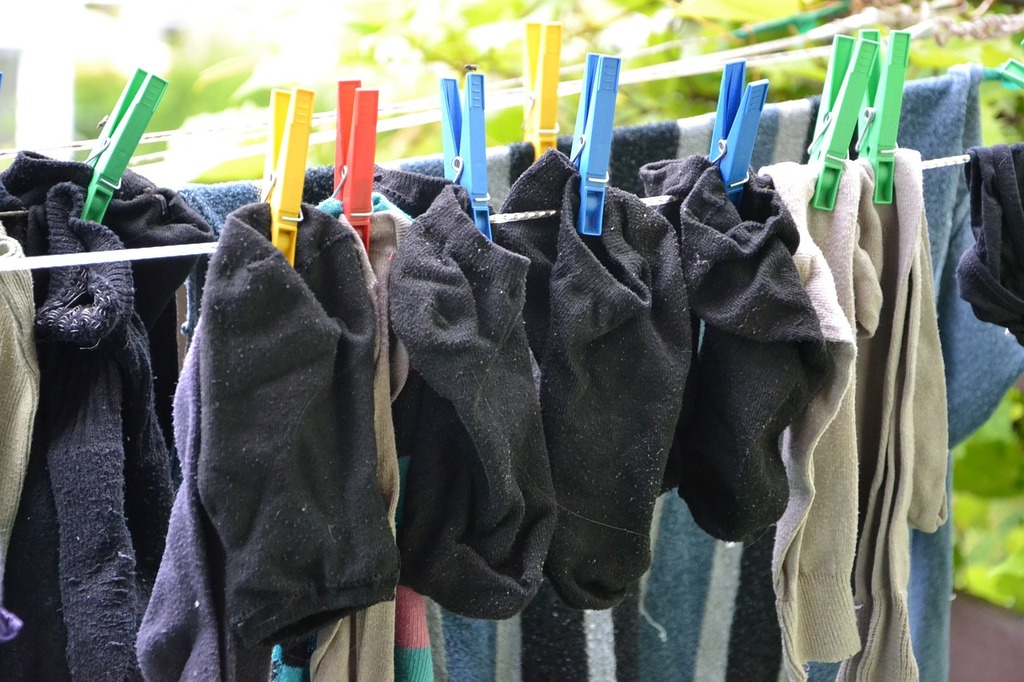
We’re not talking fancy brands or luxury fabrics here—just your basic cotton undies and no-show socks. The kind you buy in a six-pack, replace every year or two, and forget about. Except now, they cost twice as much and last half as long. Seniors who need comfy, reliable basics are being hit hardest by the fact that even underwear feels unaffordable now.
You used to pick these up without thinking; now it’s a full-on budget decision. And don’t even mention the poor quality that’s slipped in while the prices have gone up. Elastic that snaps, socks that pill after two washes—what exactly are we paying for? For people on fixed incomes, it’s demoralizing to have to cut corners on undergarments. Dignity doesn’t come cheap anymore. Who knew the simplest wardrobe staples would become a low-key luxury?
16. Batteries
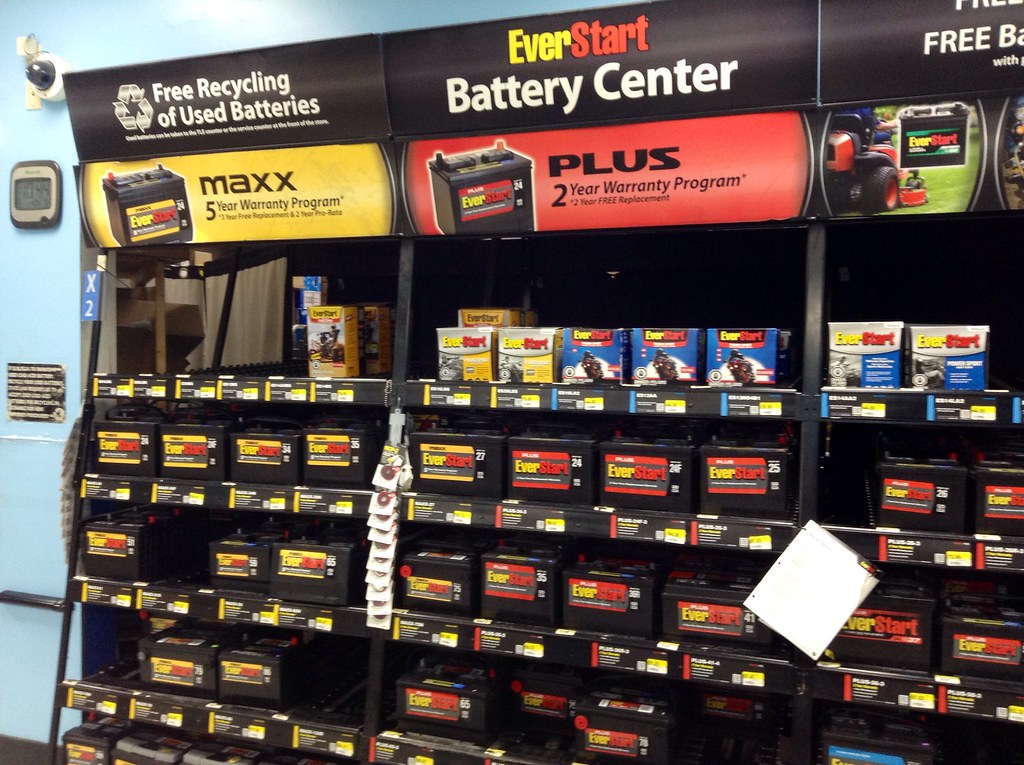
TV remotes, hearing aids, flashlights, wall clocks—batteries are the invisible currency of daily life. And yet, they’ve gotten ridiculously expensive for something you constantly need but rarely notice… until it’s dead. For seniors using medical devices, emergency equipment, or just keeping the living room functional, batteries aren’t optional. But buying a simple pack can now cost as much as a small appliance.
Even store-brand versions aren’t safe from price creep. Buying in bulk used to be a smart move, but now it’s often financially out of reach for folks with tight monthly budgets. You could switch to rechargeable ones, but surprise! That means buying chargers, too. It’s a never-ending energy tax. Batteries shouldn’t be a budget line item. But in 2025, they’re becoming a sneaky financial drain.
17. Greeting Cards
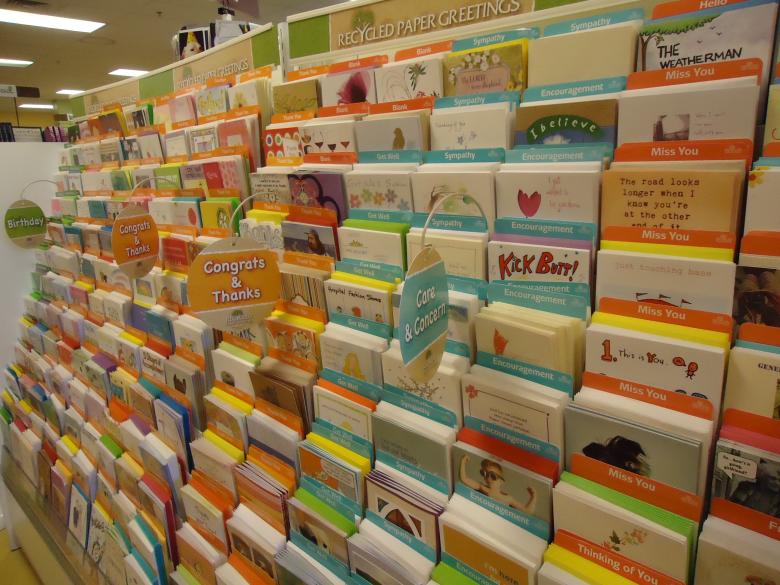
Ah yes, the $9 greeting card—a glitter-covered, pre-written message that somehow costs more than a candle or box of candy. Seniors often value sending cards for birthdays, anniversaries, and holidays—it’s a personal, thoughtful tradition. But the price? Absolutely out of control. Even the “basic” cards are now $4–5, and if you want one with music or pop-up art, you’re entering double-digit territory.
It’s hard to justify when you’re living on a fixed income and still want to spread joy without breaking the bank. And let’s be honest: most people open the card, read it once, and toss it in a drawer (or the trash). For seniors who take the time to write heartfelt messages, the rising cost of stationery is a gut punch. The sentiment is still priceless—but the paper sure isn’t. Cards used to be a warm touch. Now they feel like a luxury gesture.
18. Ice Cream

We saved the most tragic for last: ice cream. What used to be a $3 treat from the corner store is now inching toward $7–8 for a pint—and no, not the bougie kind with Himalayan salt swirls and hand-churned dairy. Even the old-school classics are going up, while the cartons are shrinking. For seniors who just want a sweet nightcap or a nostalgic indulgence, it’s a bitter pill to swallow.
And forget about cones, sundaes, or those adorable individual cups—they’re priced like full meals now. For people on a limited income, dessert becomes something you debate instead of enjoy. And it’s not just about sugar—it’s about comfort, memories, and simple pleasures. Ice cream is one of those things that shouldn’t feel like a splurge. But in 2025, even that scoop of vanilla costs a little too much joy.
This article is for informational purposes only and should not be construed as financial advice. Consult a financial professional before making investment or other financial decisions. The author and publisher make no warranties of any kind.








